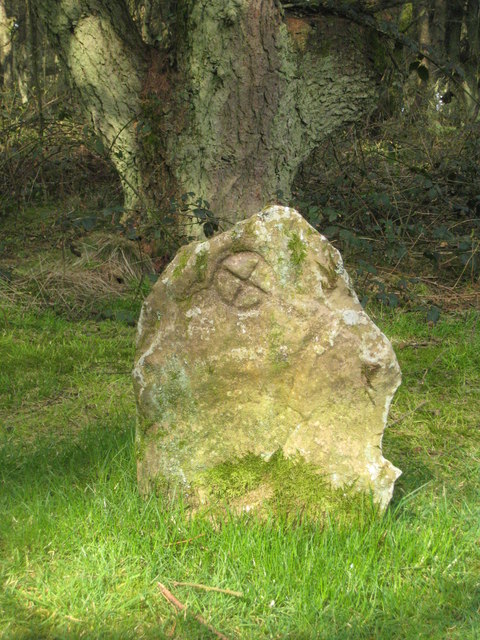Culbone Stone on:
[Wikipedia]
[Google]
[Amazon]
 The Culbone Stone, an early
The Culbone Stone, an early
 The Culbone Stone, an early
The Culbone Stone, an early mediaeval
In the history of Europe, the Middle Ages or medieval period lasted approximately from the late 5th to the late 15th centuries, similar to the post-classical period of global history. It began with the fall of the Western Roman Empire a ...
standing stone, is close to Culbone
Culbone (also called Kitnor) is a hamlet consisting of little more than the parish church and a few houses, in the parish of Oare in the Exmoor National Park, Somerset, England. As there is no road access it is a two-mile walk from Porlock Weir, ...
in the English county of Somerset
( en, All The People of Somerset)
, locator_map =
, coordinates =
, region = South West England
, established_date = Ancient
, established_by =
, preceded_by =
, origin =
, lord_lieutenant_office =Lord Lieutenant of Somerset
, lord_ ...
. The stone is made from Hangman grit, a local sandstone, and has a wheeled ring cross carved into it. The stone has been scheduled as an ancient monument
In British law, an ancient monument is an early historical structure or monument (e.g. an archaeological site) worthy of preservation and study due to archaeological or heritage interest. The '' Ancient Monuments and Archaeological Areas Act 197 ...
.
Location and description
The stone lies in woodland close to the boundary between Oare andPorlock
Porlock is a coastal village in Somerset, England, west of Minehead. At the 2011 census, the village had a population of 1,440.
In 2017, Porlock had the highest percentage of elderly population in Britain, with over 40% being of pensionable ag ...
on a permissive path
In England and Wales, other than in the 12 Inner London boroughs and the City of London, the right of way is a legally protected right of the public to pass and re-pass on specific paths. The law in England and Wales differs from Scots law in ...
through private land. It is approximately in height and wide with a maximum depth of .
It is made of Hangman grit a local sandstone which represents the Middle Devonian
The Devonian ( ) is a geologic period and system of the Paleozoic era, spanning 60.3 million years from the end of the Silurian, million years ago (Mya), to the beginning of the Carboniferous, Mya. It is named after Devon, England, wher ...
sequence of North Devon and Somerset. The unusual freshwater deposits in the Hangman Grits were mainly formed in desert conditions.
At the top of the stone is an incised wheeled ring cross, with a diameter of which is a Christian symbol, the style of which suggests it dates from 7th to 9th century. One arm of the cross at the lower right extends out of the circle. A slightly earlier date of the 6th or 7th century has also been suggested.
History
The stone was discovered recumbent in 1939 or 1940 and placed upright at the location in which it was found. It has been suggested that the stone has been moved from its original site as part of the nearby Culbone Hill Stone Row. One of the stones in the row also has an inscribed cross.References
{{coords, 51.213187, -3.673883, display=title Archaeological sites in Somerset Scheduled monuments in West Somerset Exmoor Stones